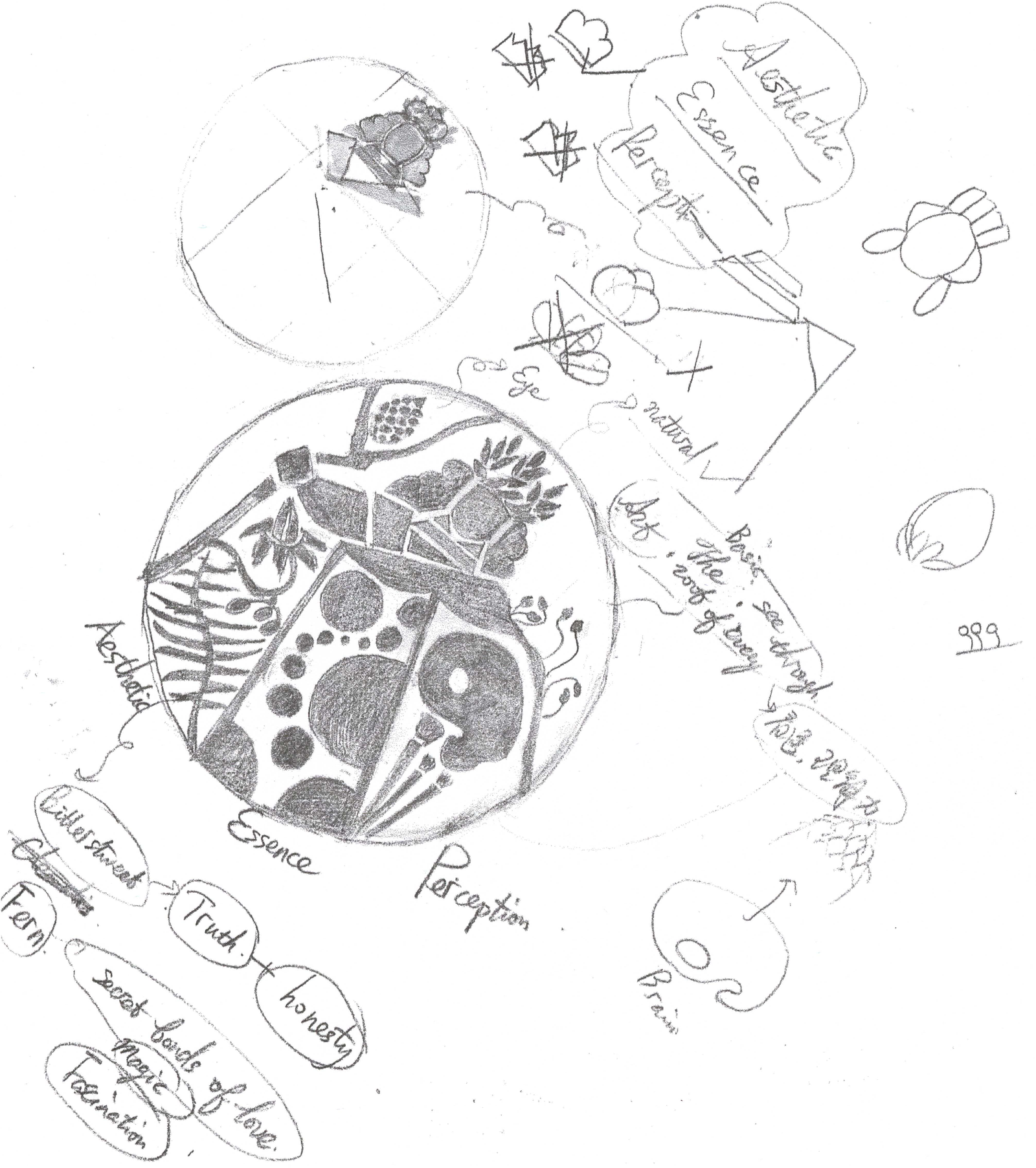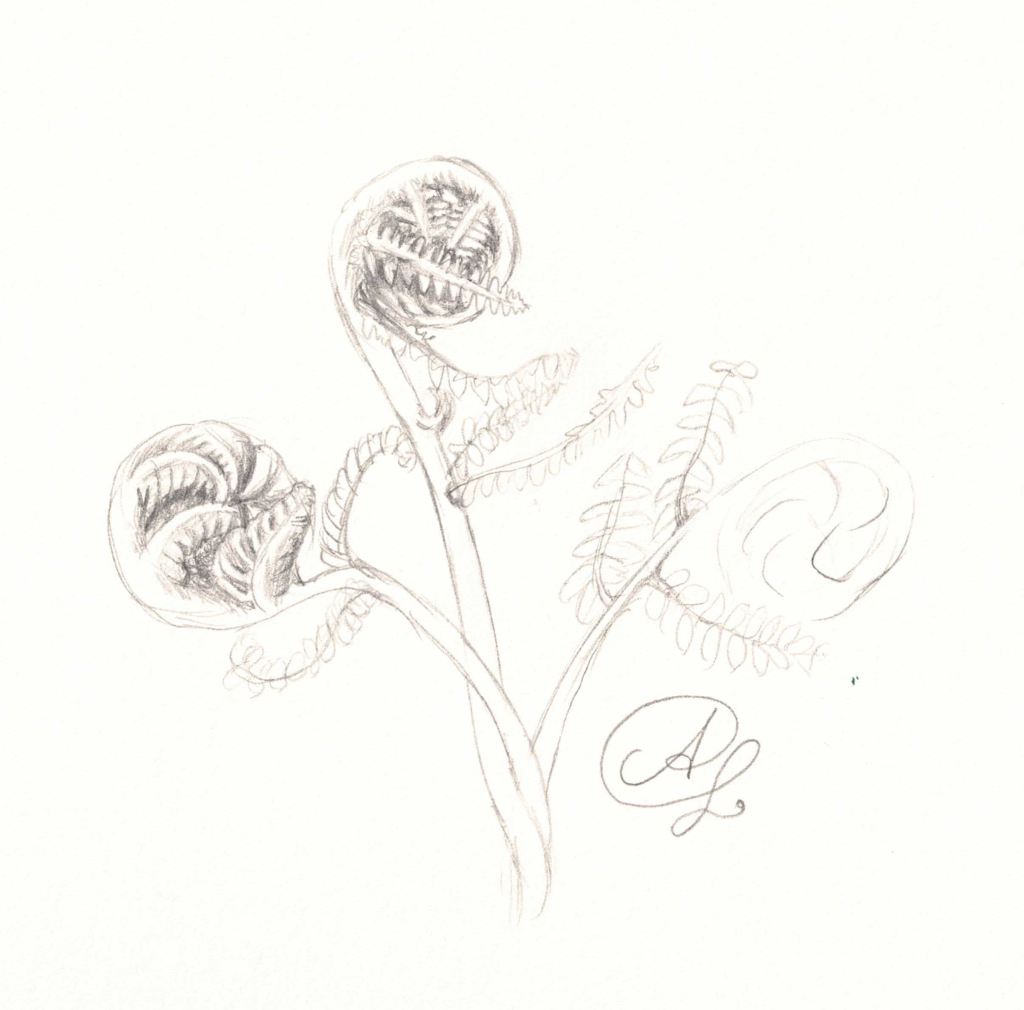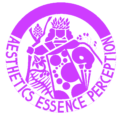Design Concept
If aesthetics is a divine gift bestowed upon humanity, then its highest expression can never be confined to any fixed objects. then its supreme form cannot reside in any figurative person or tangible thing.
Based on this perspective, I used a multitude of intricate elements to depict a great king, as a symbol of the grandeur and wisdom of aesthetics. There is no artificial ornamentation. The crown, the cloak, and the staff are all composed of elements derived directly from the natural world. This decision was intentional: to preserve the sense of pure nature, to avoid notions. Each element holds profound meaning beneath the surface
The Crown and the Staff
This is not a crown made of oak leaves or laurel, nor a symbol constrained by well-established concepts. It is simply leaves from the forest—nothing more, and nothing less. These leaves embody a pure, unconceptualized, and free mind. Thought unbound by notion is the most innocent and the most imbued with wisdom and power. This philosophy finds its perfect resonance in the staff, symbolizing inner strength and transcendence.
Nestled between the branching tips of the staff is a pinecone, symbolizing wisdom and enlightenment. On the figure’s shoulders, seven ethereal Udumbara flowers bloom, representing making impossible possible—the beauty of life emerging in the most unlikely of moments.


Bittersweet Vine and Ferns
The use of the bittersweet vine as a totem symbolizes the pursuit of truth—ancient and steadfast, much like the bittersweet vine itself. It endures through wind and snow, telling the story of loyalty untouched by the erosion of time. It remains composed, not competing for attention among more vibrant blooms, yet its strength lies in its endurance. Timeless and ever fresh. Faithfully guarding the original vow to the very end.
Ferns, on the other hand, symbolize the secret connection between life and cosmos. Their spiral form echoes the koru motif found in Māori culture in Australia and New Zealand—a symbol of the cyclical nature of life and the wisdom unfolding from the void into existence. Just as beauty is an intangible awareness, through wisdom, this awareness takes shape as a concrete, visible creation.
Particles
Beauty emerges from the subtle exchange of particle energies between artwork and viewer, carrying a quiet yet powerful force. Science considers it as an energy field between artworks and audiences. Through direct visual experience, the “particles” of art have the power to deeply influence and reshape the viewer’s thoughts and emotions. These particles are not static but exist between the artwork and the viewer, imbued with the creator’s own characteristics—perhaps benevolent, perhaps malevolent, optimistic or pessimistic. Particles’ energies are immense. The microcosm traverses and controls the macrocosm. And that is why no copy can ever take the place of a hand-crafted oil painting.
Perspective
A palette and three brushes symbolize creation. However, the shape of this palette mirrors that of the brain, and the three brushes extend like rays. Within this brain, there is a hole, the eye, symbolizing perspective. This perspective is not only about the structural perspective of objects in a drawing, but also about using intellectual insight to perceive the essence beneath appearances.
This concept represents one of the most challenging aspects of painting—both in terms of intention and composition. It requires the creator to have a correct understanding of the perspective of life, matter, or phenomena. The right perspective, grounded in positive energy, will naturally bring forth positive energy in the artwork.
